According to historical documents, in June and July 1975, the Hanoi Youth Gymnastics Team, including athletes from the Army Sports Team; Hanoi Department of Sports and Physical Education; Central University of Sports and Physical Education (Tu Son, Bac Ninh), led by Deputy Director of Hanoi Department of Sports and Physical Education Nguyen Huy Khoi, with the most modern equipment at that time, performed for the people in Hue, Da Nang, Nha Trang, Saigon, My Tho, Can Tho... This event attracted the attention of many sports lovers in the South, especially young people with gymnastics - a sport that has developed strongly in the North.
In the summary report of the school sports work of the Sports Department in the period 1975-1985, it was assessed: "Along with the internal physical education program and the physical education and hygiene routine maintained in many places, the 4-sport combined athletics movement was expanded, to date nearly 50% of schools have a movement to practice this sport".
By 1979, the Sports and Physical Education Department and the Ho Chi Minh Communist Youth Union both maintained the annual organization of the "Annual Traditional Sports Festival for High School Students" and the pinnacle of sports activities for youth, teenagers and children - the Phu Dong Sports Festival, held every four years.
Many major national sports competitions took place, such as the 5th traditional Bach Dang River Crossing Race held on the Perfume River in Hue City on June 11, 1976. The race at that time had 152 athletes (64 female), representing 20 provinces, cities and 4 sectors competing enthusiastically, which the press at that time called the tournament "The Unified Song of the Rivers". By 1978, the National Table Tennis Tournament was also held in the coastal city of Quy Nhon, gathering excellent players in the country...
Northern football when the country was still divided competed on par with the teams of China, the Democratic People's Republic of Korea, the Soviet Union... At that time, Duong Sat was also the second-placed club in the Northern championship, just behind The Cong and the team had many outstanding young faces such as: Le Thuy Hai, Mai Duc Chung, Le Khac Chinh, Truong Sinh, Minh Diem, Hoang Gia...
The Southern team, after winning the first SEAP Games (in 1959 in Thailand), had a place in the top 4 of the continent with achievements such as: winning the Merdeka Cup 1966, defeating Japan, Korea... The Saigon Port football team at that time was famous for gathering players who had competed in international tournaments such as Pham Huynh Tam Lang, Le Van Tu, Le Dinh Thang, Nguyen Tan Trung...
 |
| The friendly match on November 7, 1976 had the meaning of connecting and uniting the North and South after a period of separation due to war. Source: Department of Sports and Physical Training. |
And November 7, 1976 went down in Vietnamese football history when the General Railway Team representing Northern football went to the South to play a friendly match with the Saigon Port Team at Thong Nhat Stadium. The friendly match had the meaning of connecting and uniting the North and South after a period of separation due to war. Thong Nhat Stadium was packed with a record audience of more than 30,000 spectators, not to mention the thousands of fans sitting outside the stadium cheering along with the loudspeakers broadcasting live from the radio.
In 1977, the Hong Ha tournament (Northern team championship), Truong Son tournament (Central team championship) and Cuu Long tournament (Southern team championship) were born. In 1980, the National Football Championship was officially born and the General Department of Railways was crowned champion for the first time.
After a series of sports events, the first National Sports Festival in 1985 was an event that marked a clear step forward for the sports movement nationwide. After being held at all levels in 52 provinces, cities and 2 sectors, the first National Sports Festival was held from September 22 to 29, 1985 in Hanoi . The festival had 27 delegations competing in 13 events with 1,253 athletes (338 female), 225 officials, 190 gold medals and 239 referees. At the festival, 19 national records were broken and new ones were set. In the final ranking, the Ho Chi Minh City sports delegation led with 43 gold medals, 39 silver medals and 20 bronze medals. Hanoi ranked second with 24 gold medals, 24 silver medals, 36 bronze medals and third was the Army delegation with 20 gold medals, 21 silver medals, 20 bronze medals...
Source: https://baophapluat.vn/the-thao-viet-nam-noi-vong-tay-lon-sau-ngay-dat-nuoc-thong-nhat-post547315.html


![[Photo] Press delegation meeting to visit Truong Sa and DK1 Platform](https://vphoto.vietnam.vn/thumb/1200x675/vietnam/resource/IMAGE/2025/5/22/6b8d232877ec421a9e8187d83b9f8006)
![[Photo] General Secretary To Lam chairs a working session with the Central Internal Affairs Commission](https://vphoto.vietnam.vn/thumb/1200x675/vietnam/resource/IMAGE/2025/5/22/3b7790f499da45b2803d8ae253207ef1)
![[Photo] Prime Minister Pham Minh Chinh chairs meeting on draft Resolution of National Assembly on International Financial Center in Vietnam](https://vphoto.vietnam.vn/thumb/1200x675/vietnam/resource/IMAGE/2025/5/22/d398664ff1a140629169ea5a24e1b4d0)
![[Photo] T&T 1 and Ho Chi Minh City 1 People's Police Teams won the men's and women's team championships](https://vphoto.vietnam.vn/thumb/1200x675/vietnam/resource/IMAGE/2025/5/22/39db06ae67cb4001b7a556e8d9a56d07)





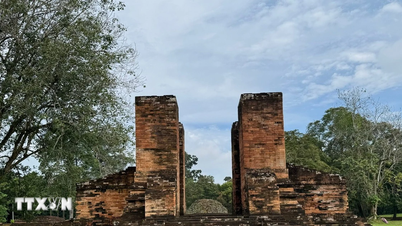

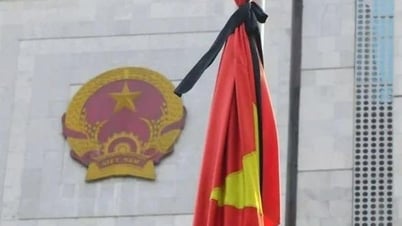


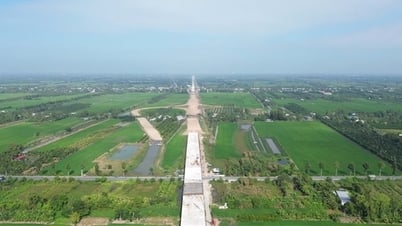





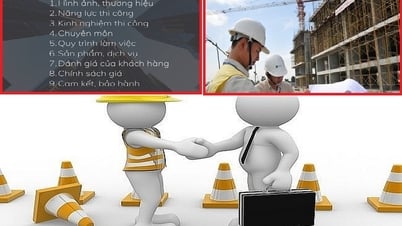
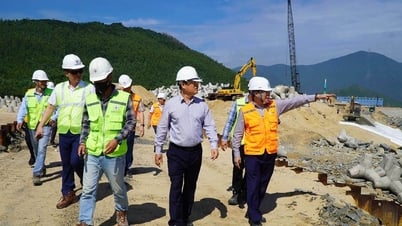
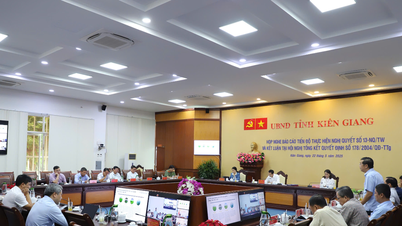
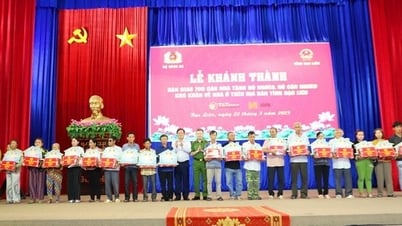
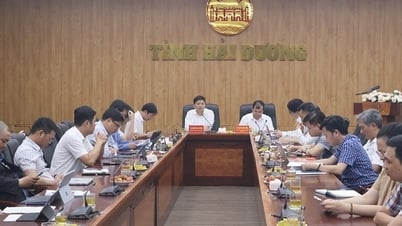
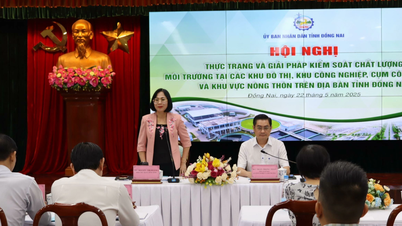


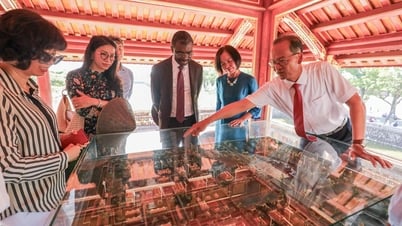







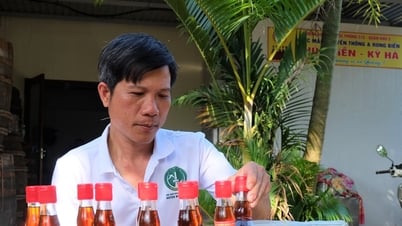

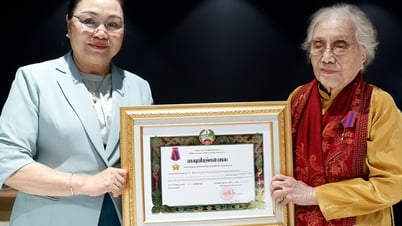

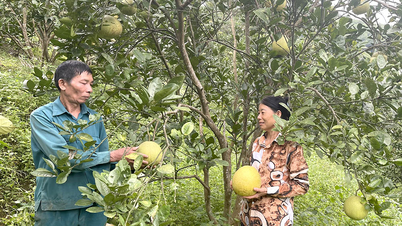

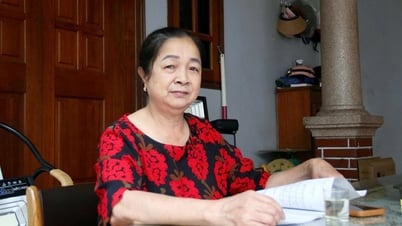










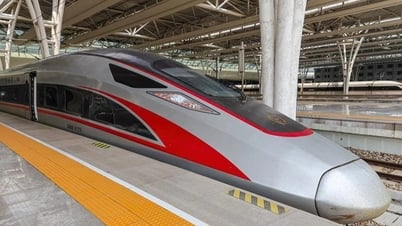
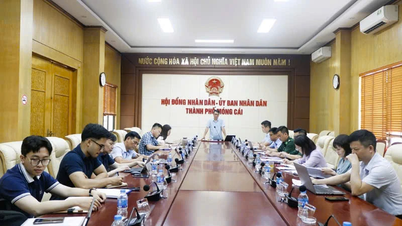


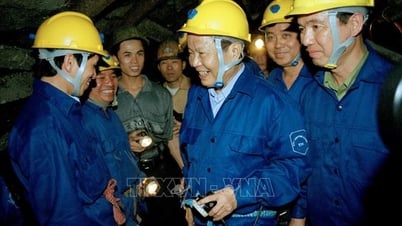
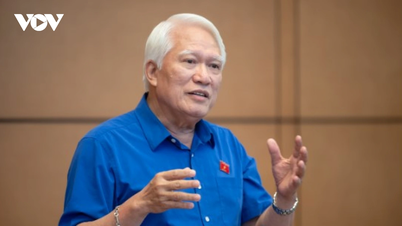
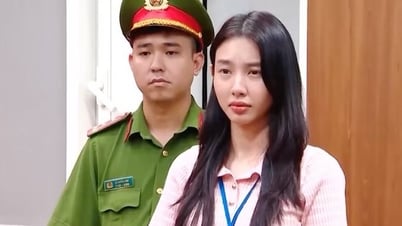


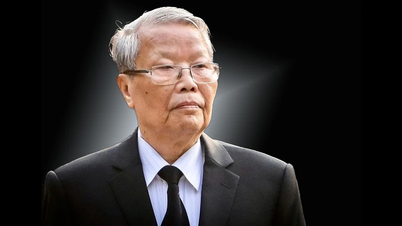
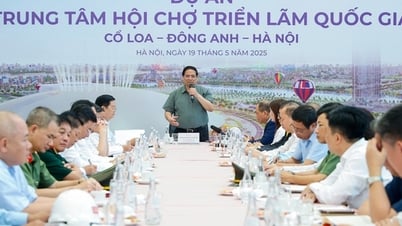

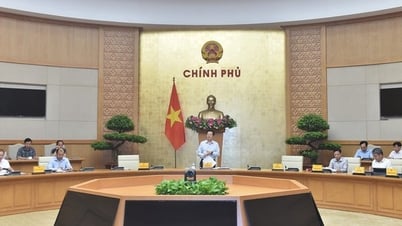
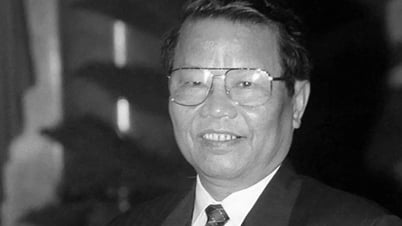




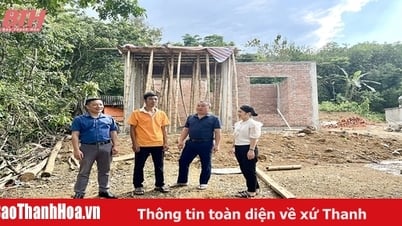



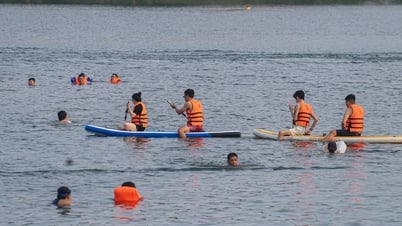
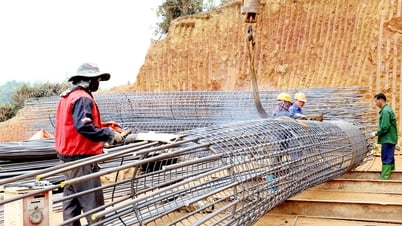








![[Podcast] Week introducing more than 500 OCOP products in Hanoi](https://vphoto.vietnam.vn/thumb/402x226/vietnam/resource/IMAGE/2025/5/22/d144aac2416744718388dbae3260e7fd)




Comment (0)